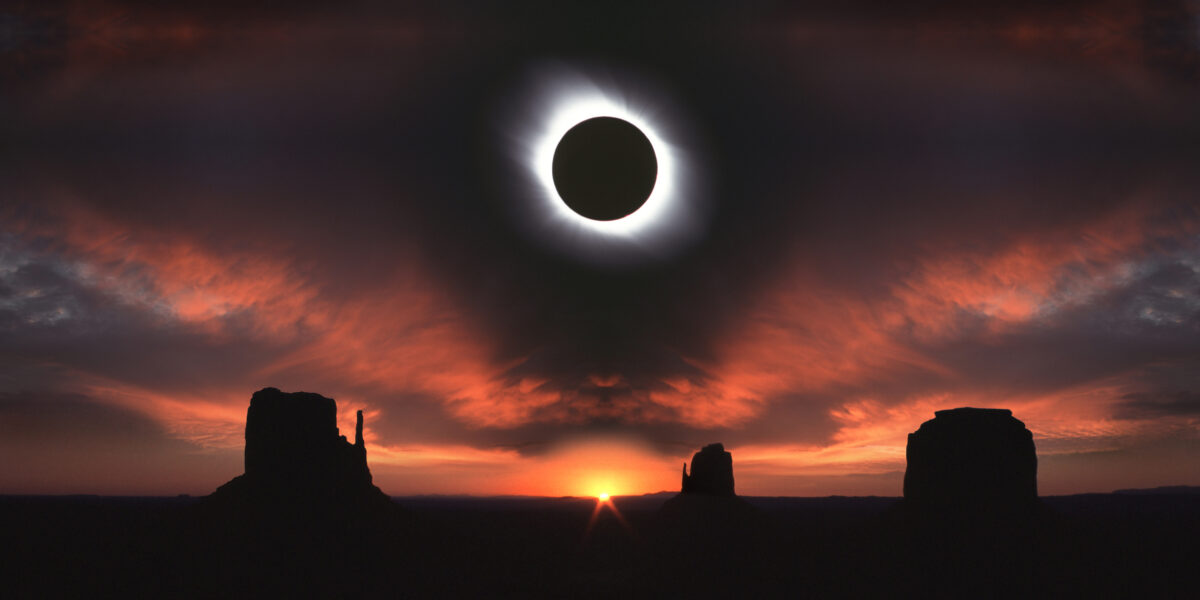
Here’s How to Livestream the Total Solar Eclipse for Free on April 8
Everything you need to know about watching the total solar eclipse on April 8 from the comfort of your home.

Getty Images
The final countdown to the total eclipse that will be taking place on Monday, April 8, has begun. And though there will indeed be thousands of travelers who will be chasing the celestial event, which is the last one visible in its totality in North America for another 20 years, there are those of us who will have to watch from home. The narrow path of totality—where the moon covers the sun completely, causing a total eclipse—runs through Mexico (from Sinaloa to Coahuila), the U.S. (from Texas to Maine), and Canada (from Ontario to Newfoundland). A partial eclipse will be visible across nearly all of North America, and a sliver of western Europe. Thankfully, there are several livestreams where viewers can watch the solar eclipse in real time. And we’ve gathered them here so that you won’t have to scramble or feel left in the dark.
NASA
NASA will host three hours of live coverage of the eclipse starting at 1 p.m. EDT, including live views of the eclipse from across North America, special appearances by NASA experts and astronauts aboard the space station, and an inside look at NASA’s eclipse science experiments and watch parties across the country. NASA’s broadcast will last three hours, and features live locations from across the nation including the agency’s only center in the path of totality, NASA’s Glenn Research Center in Ohio, as well as: Carbondale, Illinois; Dallas, Texas; Houlton, Maine; Indianapolis, Indiana; Kerrville, Texas; and Niagara Falls, New York. They’ll offer options in both English and Spanish. The telescope feed will incorporate views from multiple locations, and will be switched based on weather, the eclipse’s progress, and feed availability.
Time and Date
Skywatching website timeanddate.com will be covering the total solar eclipse from start to finish with their livestream and live blog that will feature real-time progress reports and background information.
The McDonald Observatory
The McDonald Observatory, an astronomical research facility that’s part of the University of Texas, will be livestreaming the eclipse with a series of hosts who will talk about eclipses, what causes them, and how to safely view them. Viewers can watch the peak of the eclipse from three locations in Texas: McDonald Observatory, Lake Buchanan, and Irving.
Exploratorium
San Francisco’s Exploratorium be broadcasting live from the path of totality in Junction, Texas and Torreón, Mexico. They’ll have options of broadcasts that include commentary as well as those with just music and no commentary for those who prefer to watch without vocals.
